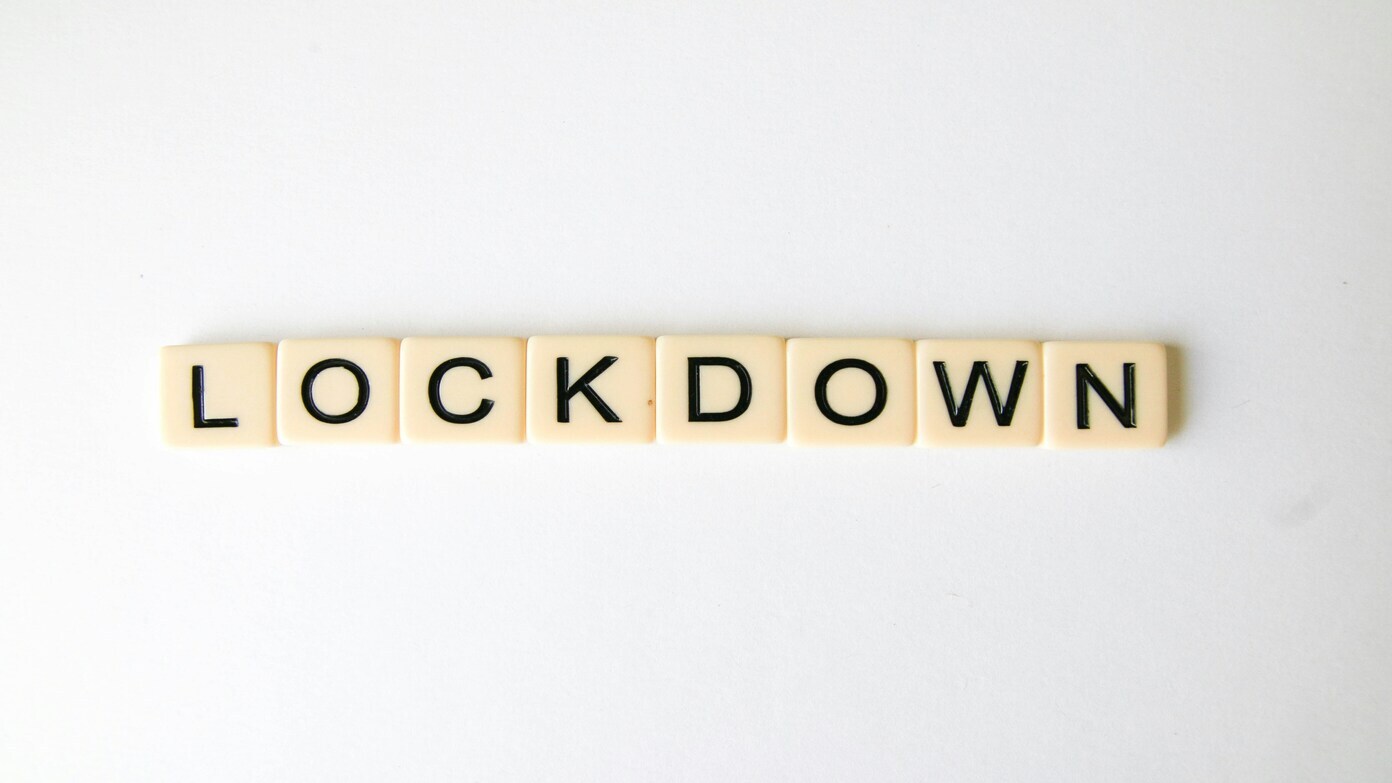Watch this:
Mayor Karen Bass has issued a curfew in parts of downtown Los Angeles following days of violent protests against Immigration and Customs Enforcement (ICE) raids. Some of the protests turned violent, prompting the city to implement emergency action to restore public order.
The curfew, which was issued late Tuesday, began at 8 p.m. and runs until 6 a.m., covering a congested part of the city center. The action comes as federal immigration operations that began on June 6 have produced growing tensions.
Read this later:
Where is Mount Denali, the highest mountain in the U.S. that Trump wants to rename Mount McKinley
Why the curfew was imposed
Demonstrations erupted after a series of ICE raids on illegal immigrants in the Los Angeles region. The majority of the protests were peaceful, although some became violent, with arson, looting, and attacks on police being reported. A minimum of 200 have been arrested since demonstrations began, with over 100 on Monday alone.
In response, President Donald Trump ordered the deployment of 700 American Marines and 4,000 California National Guard troops to protect federal buildings—against protests and a court challenge from California Governor Gavin Newsom. The deployment is the first since 1965 that federal troops have been used without state approval in case of domestic unrest.
Curfew area and map details
The curfew zone is roughly a 1-square-mile area bounded by the 5, 110, and 10 freeways, as well as several big downtown blocks. The curfew is nightly from 8 p.m. to 6 a.m. on this zone until further notice, a map issued by the City of Los Angeles says. Anyone who disregards it will be arrested by police and enforced penalties, Mayor Bass warned.
“If you don’t work or reside downtown L.A., stay away from the area,” Bass told a press conference. Residents, crucial workers, and accredited media personnel are exempt from the curfew.
Unified law enforcement and public reaction
Bass said that hundreds of LAPD police officers, sheriff’s deputies, and other agencies are serving in a unified command. Protesters attempting to shut down the 101 Freeway were easily dispersed. Some demonstrators and journalists were reported to have been “kettled,” or cordoned off, by police and held briefly.
On social media, Bass reiterated that lawbreakers would be arrested. Independent reporter Brendan Gutenschwager captured videos of officers issuing warnings near the 300 North Los Angeles Federal Building, where crowds had gathered earlier Tuesday.
Wider political backlash and national reaction
Governor Newsom condemned the deployment by Trump, saying, “We do not want our streets militarized by our own Armed Forces.” Not in L.A. Not in California. Not anywhere.” He continued to indicate that peaceful protesting would be tolerated but that violence would have consequences.
Elsewhere, Austin, Texas, experienced the protests erupting, where Governor Greg Abbott deployed state National Guard troops there as well.
Read now:
Goodbye to the Musk – Trump feud: Elon Musk says he went “too far” attacking the President
Can federal judges strike down birthright citizenship access reform that Trump wants?
What comes next
With additional demonstrations scheduled for the next few days, city administrators are watching anxiously. It is not clear how much longer the curfew will last or if the added military and police presence will calm the tensions in Los Angeles.

